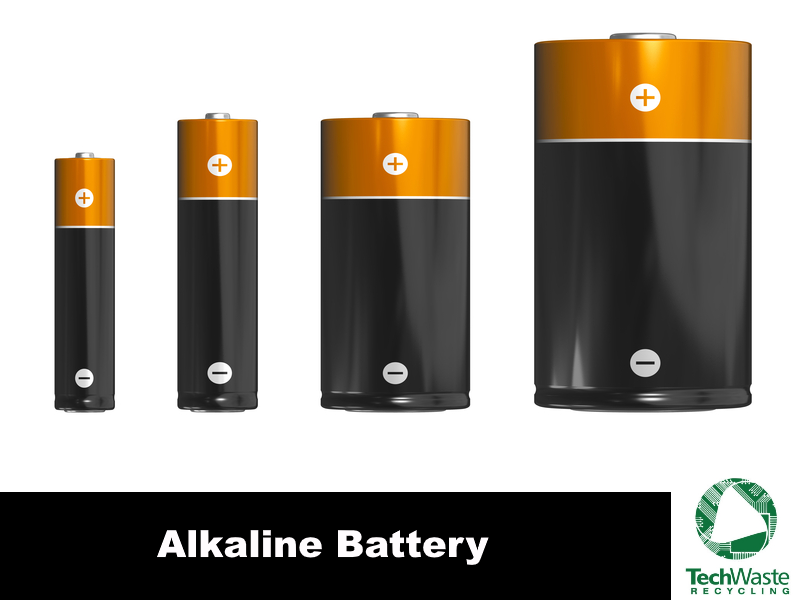The alkaline battery is a common product found in electronics such as MP3 and CD players, digital cameras, radios, flashlights, and toys. It falls under the category of primary battery which is powered by the reaction between zinc metal and manganese dioxide.
An alkaline battery has a higher energy density and longer shelf life while supplying the same voltage as zinc-carbon and zinc chloride batteries.
About 80% of batteries are produced in the United States, and more than 10 billion single units of batteries in the world are alkaline batteries.
Who Invented the Alkaline Battery?
Waldemar Jungner first used an alkaline battery in 1899, followed by Thomas Edison in 1901. The zinc-manganese dioxide alkaline battery of today was created by Lewis Urry in 1950s Canada prior to being employed by Union Carbide’s Eveready Battery section, using Edison’s model. Together with Karl Kordesch and P.A. Marsal, Urry filed for a US patent for the alkaline battery on October 9, 1957. The patent was approved in 1960 and designated to the Union Carbide Corporation.
How is an Alkaline Battery Made?
An alkaline battery is produced in button and regular cylindrical shapes that can be used interchangeably with zinc-carbon batteries. To truly constitute a “battery,” several individual cells may be coupled together, as in the case of the 9-volt PP3-size battery.
The cathode connection of an alkaline battery consists of a drawn stainless steel container that houses a cylindrical cell. A compressed paste of manganese dioxide with carbon powder is added for improved conductivity making up the positive electrode combination. A separator material lines the cathode’s hollow center, blocking the mixture of the electrode materials and preventing the short-circuiting of the cell.
A dispersion of zinc powder in a gel containing potassium hydroxide electrolyte makes up the negative electrode. More manganese dioxide is utilized to react with zinc in order to prevent gassing of the cell at the end of its lifespan. Additionally, a gasket made of plastic is frequently applied to improve leak resistance. (Xanax)
The final layer of leak protection for the cell is subsequently a wrap of aluminum foil, plastic film, or, in rare cases, cardboard, which also provides a surface for the printing of labels and logos.
Which Regions are the Top Producers and Consumers of the Alkaline Battery?
North America and Europe are the top producers of alkaline batteries in terms of profit and also hold the spot as its top consumers. Countries like China, Russia, Poland, Brazil, Argentina, and Kenya also show high potential for growth in the production of the alkaline battery. The alkaline battery accounts for almost 65% of the sales of primary batteries in the market because of their reliability and affordability.
How to Dispose of an Alkaline Battery?
Recycling involves the separation of the metals in the crushed alkaline battery, then the black mass waste is chemically treated to separate zinc, manganese oxide, and potassium hydroxide. TechWaste Recycling offers Battery Disposal services and Battery Recycling Kits.
Disposal of the alkaline battery depends on the area jurisdiction. California classifies any type of battery as harmful waste, hence disposal of alkaline batteries with domestic waste is prohibited. WEEE Directive and Battery Directive regulations in Europe mandate the same as California, banning the mixture of alkaline battery waste with domestic waste.
EU countries have recycled alkaline batteries since 2016. California remains to be the sole state in the U.S. to require the recycling of alkaline batteries. Recycling kits are available in some U.S. states. Vermont holds a nationwide alkaline battery collection program.


































